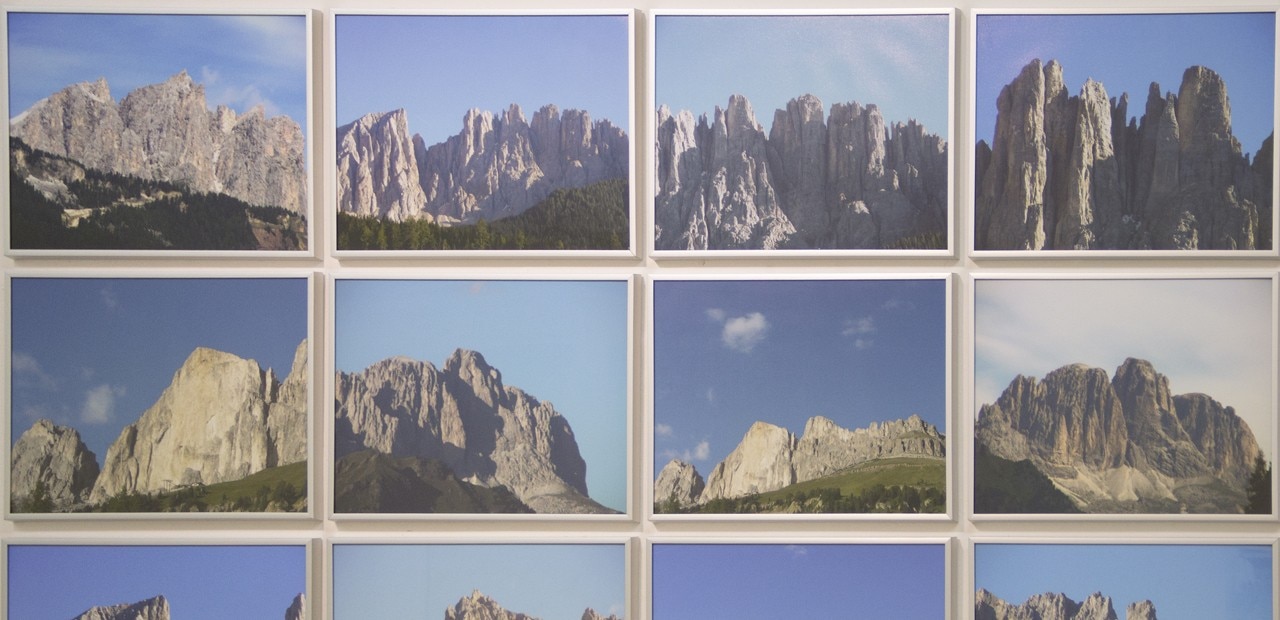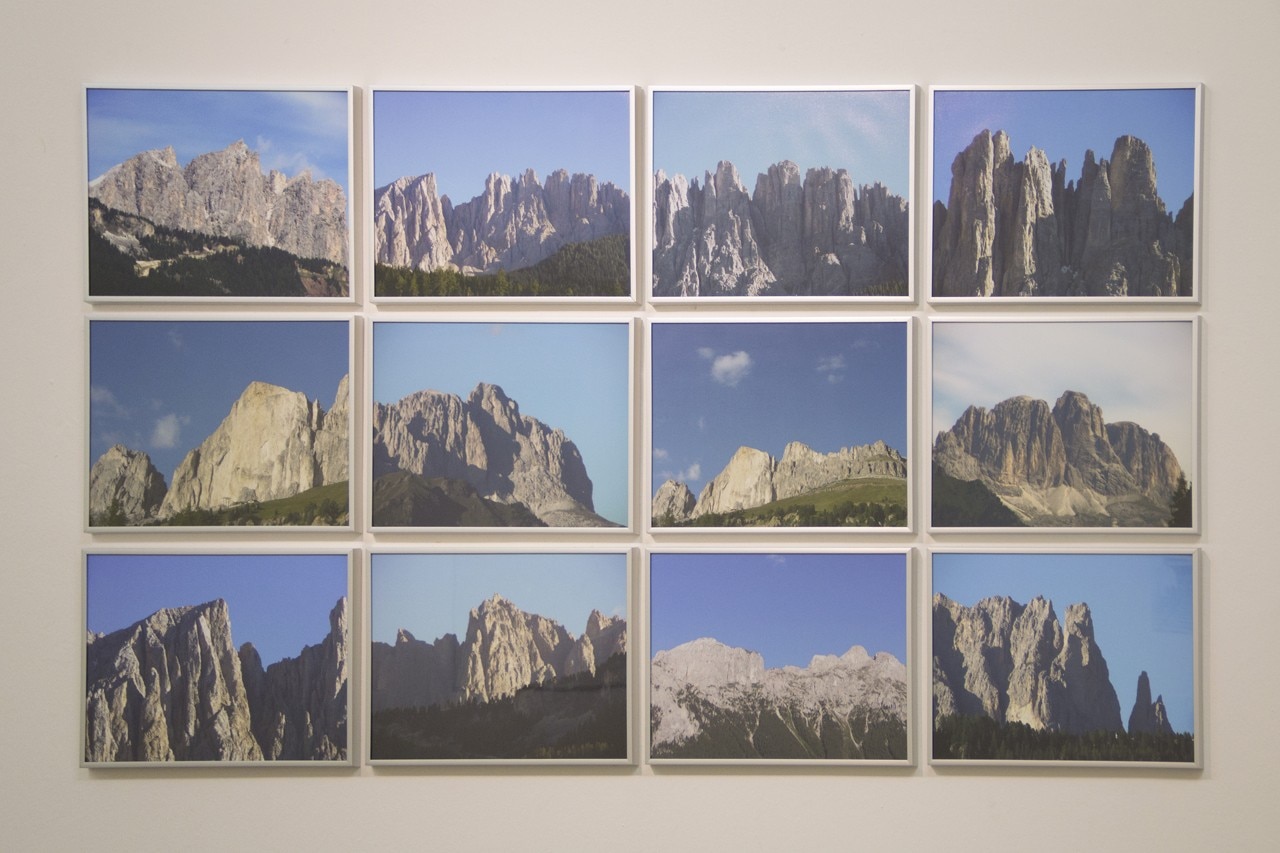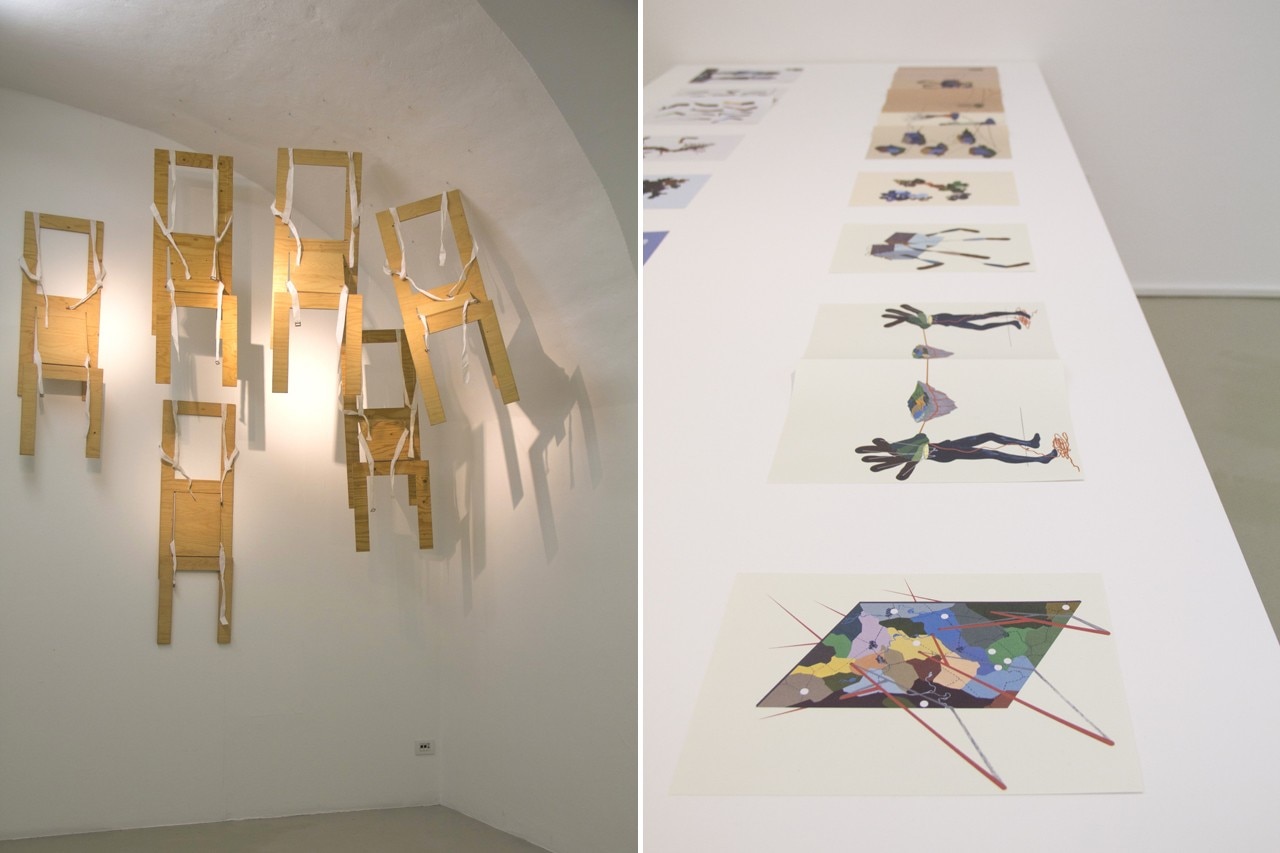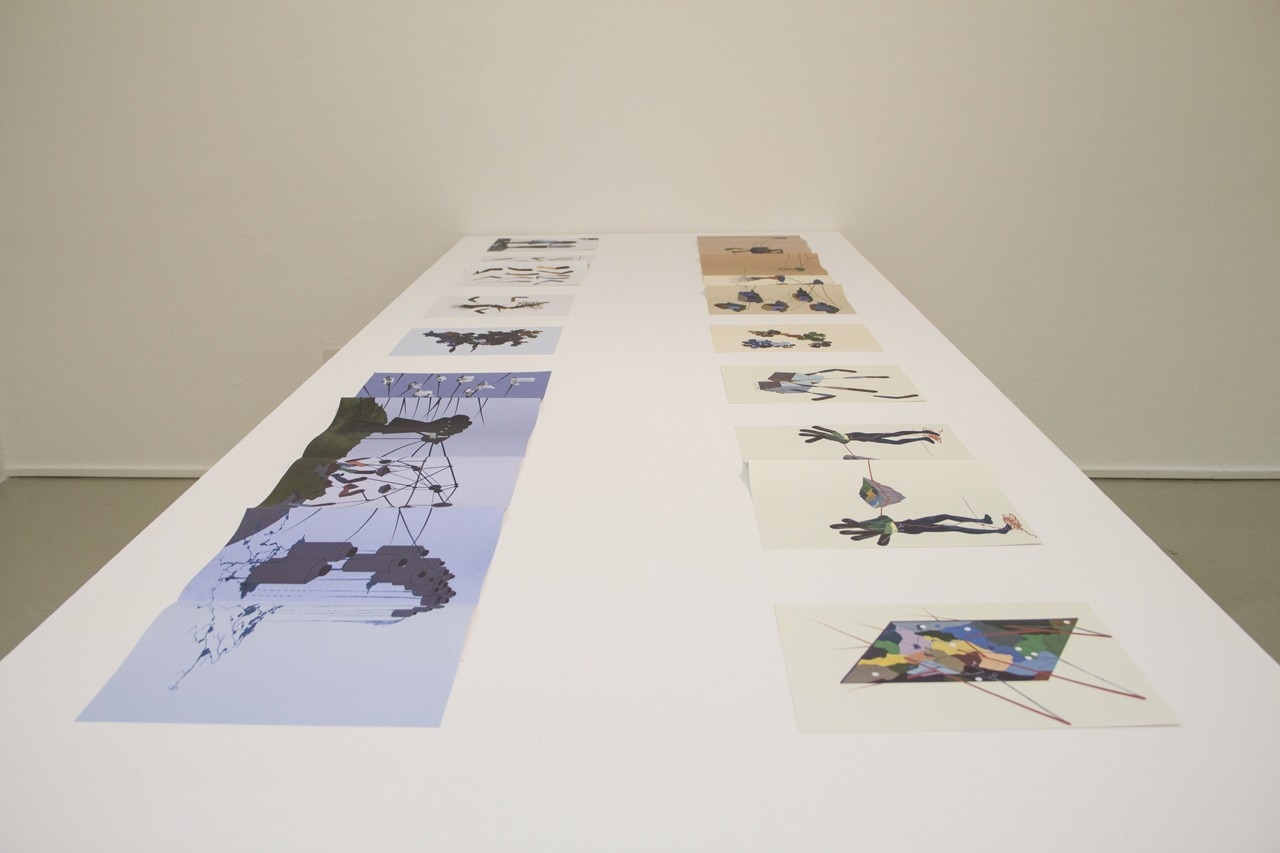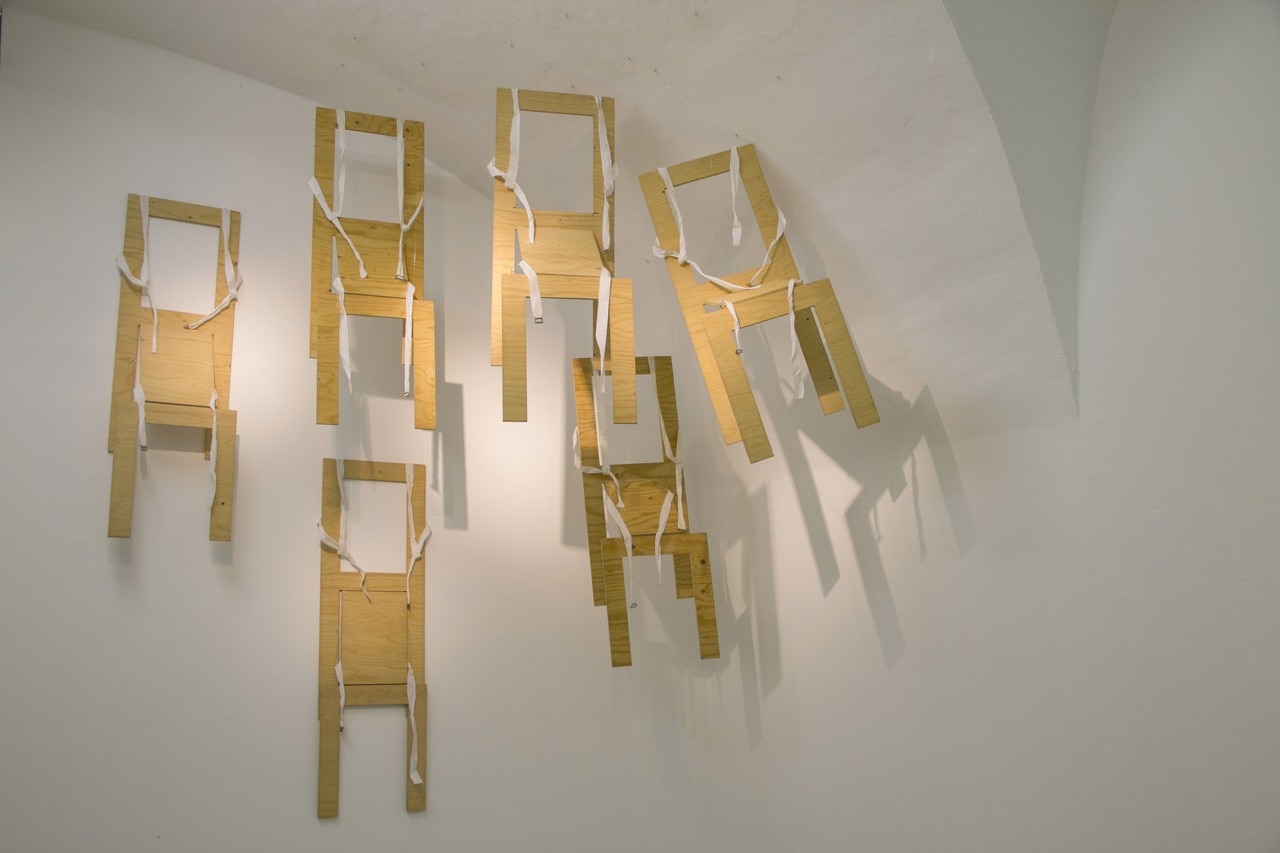
By drawing on the tensions within the artist’s own biography, this reflection goes beyond the idea of landscape as a geo-physical, socio-political and economic entity and opens it up to an affective dimension.
Pettena was born in Bolzano in 1940. He left Alto Adige behind at an early age to find and follow an experimental path that would pass through Florence and the United States and led to him becoming part of what is now considered – along with Archizoom, Superstudio and UFO – as the original core of the Radical Architecture movement in Italy.
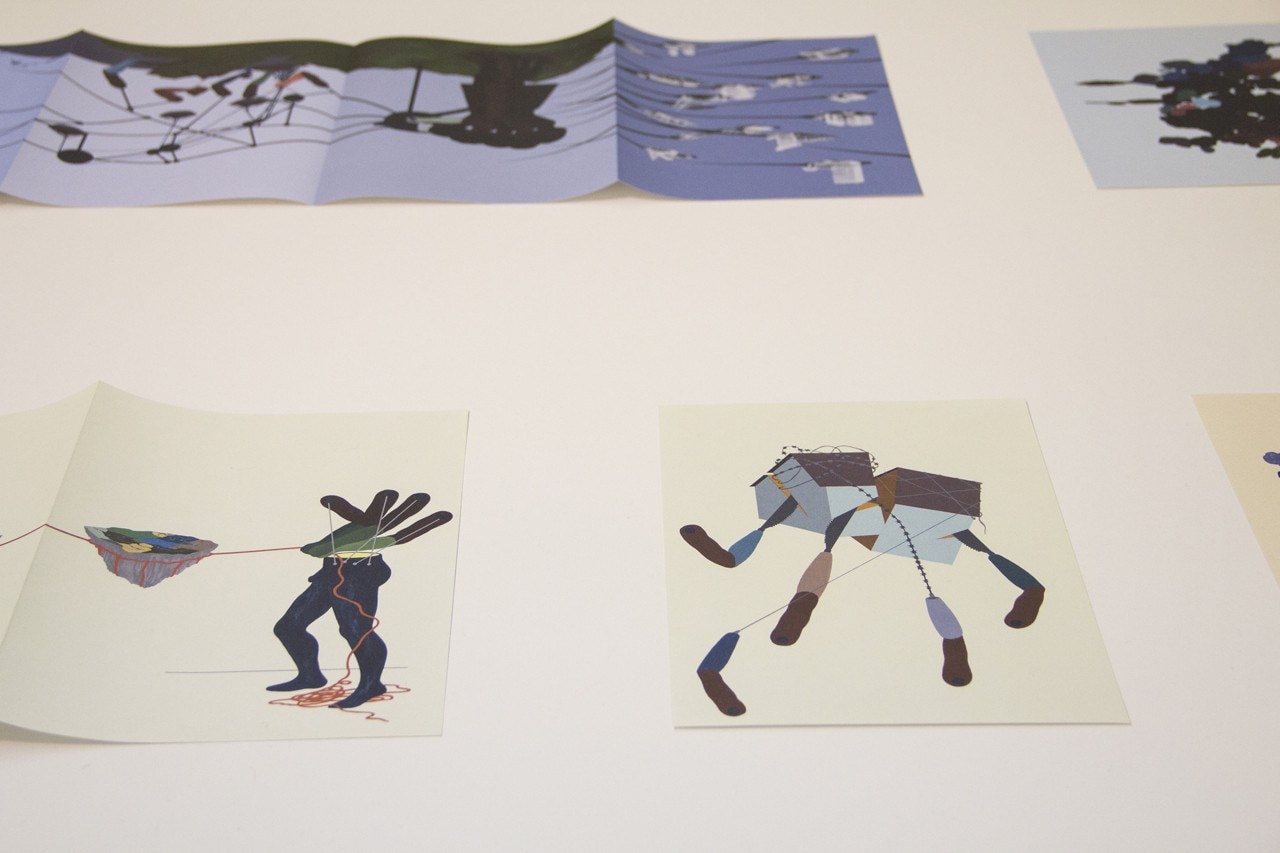
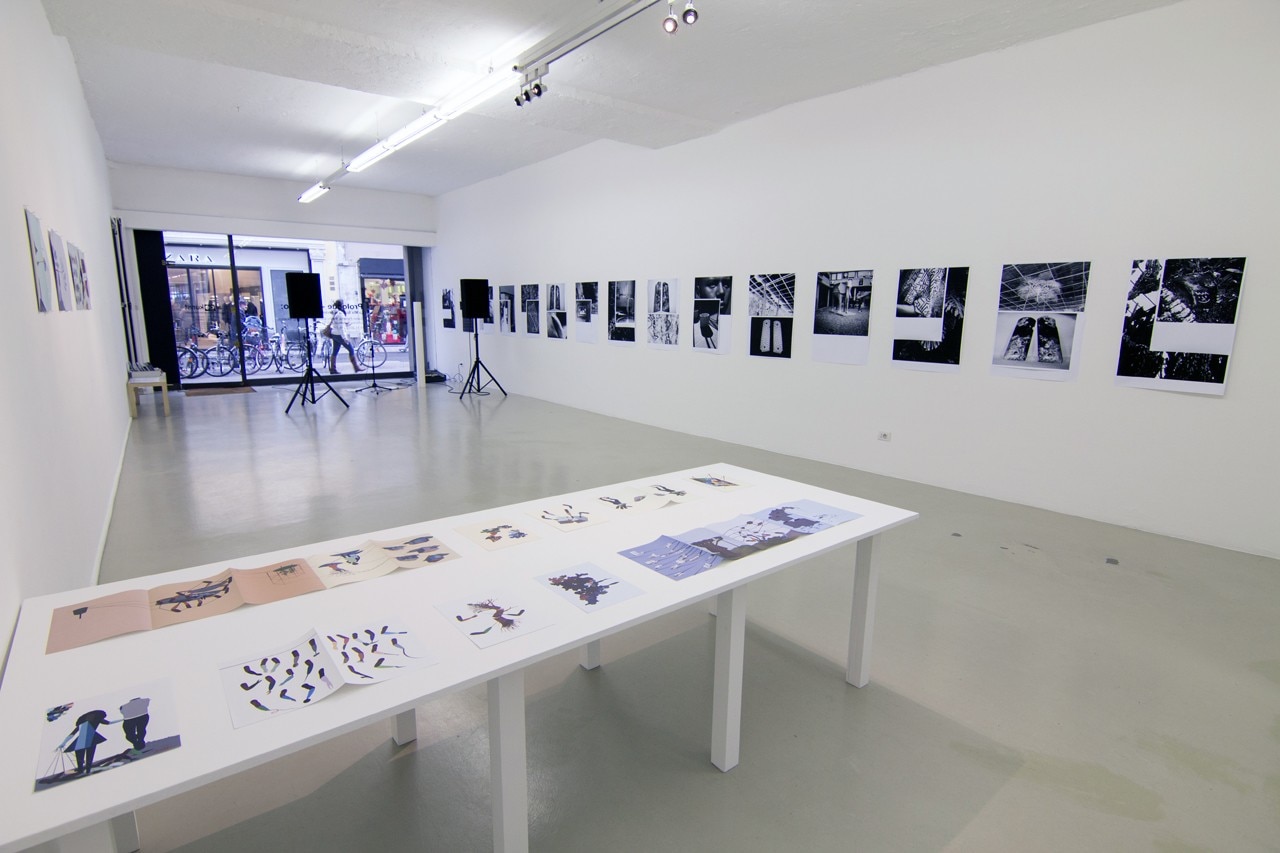
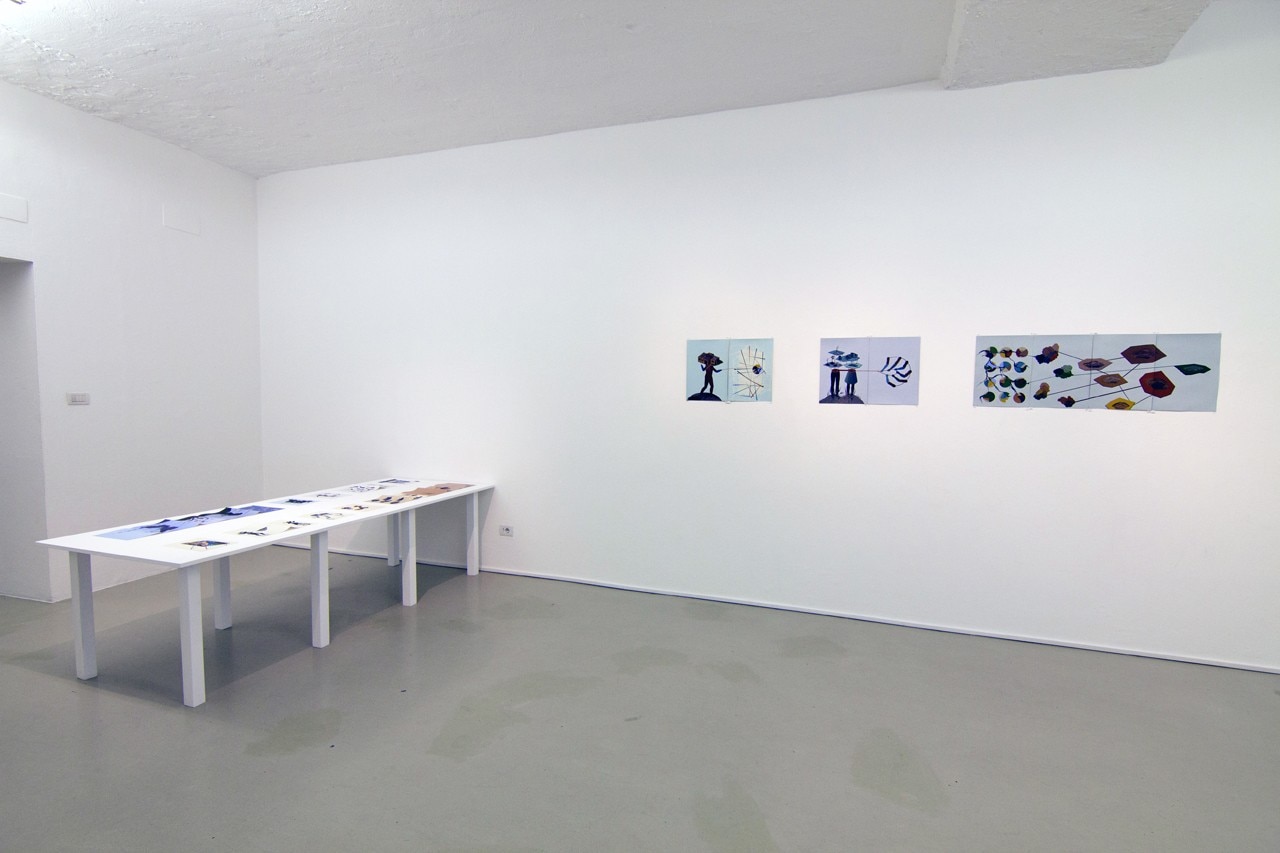
Pedro Barateiro articulates this relationship somewhat differently in his performance and installation Endurance Test (2012). The endurance test the artist refers to here is the one that Portugal (where Barateiro was born and presently lives) is constantly subjected to by the dictates of the Troika.
Performance, which might also be taken to mean the output and efficiency of the international markets, is employed by the artist to reflect on his own practice. In this sense, starting from a linguistic and ontological dimension, Barateiro explores the “stress-test” economic scenario that is currently affecting so many European States and reshaping the landscape in which each individual is compelled to move.
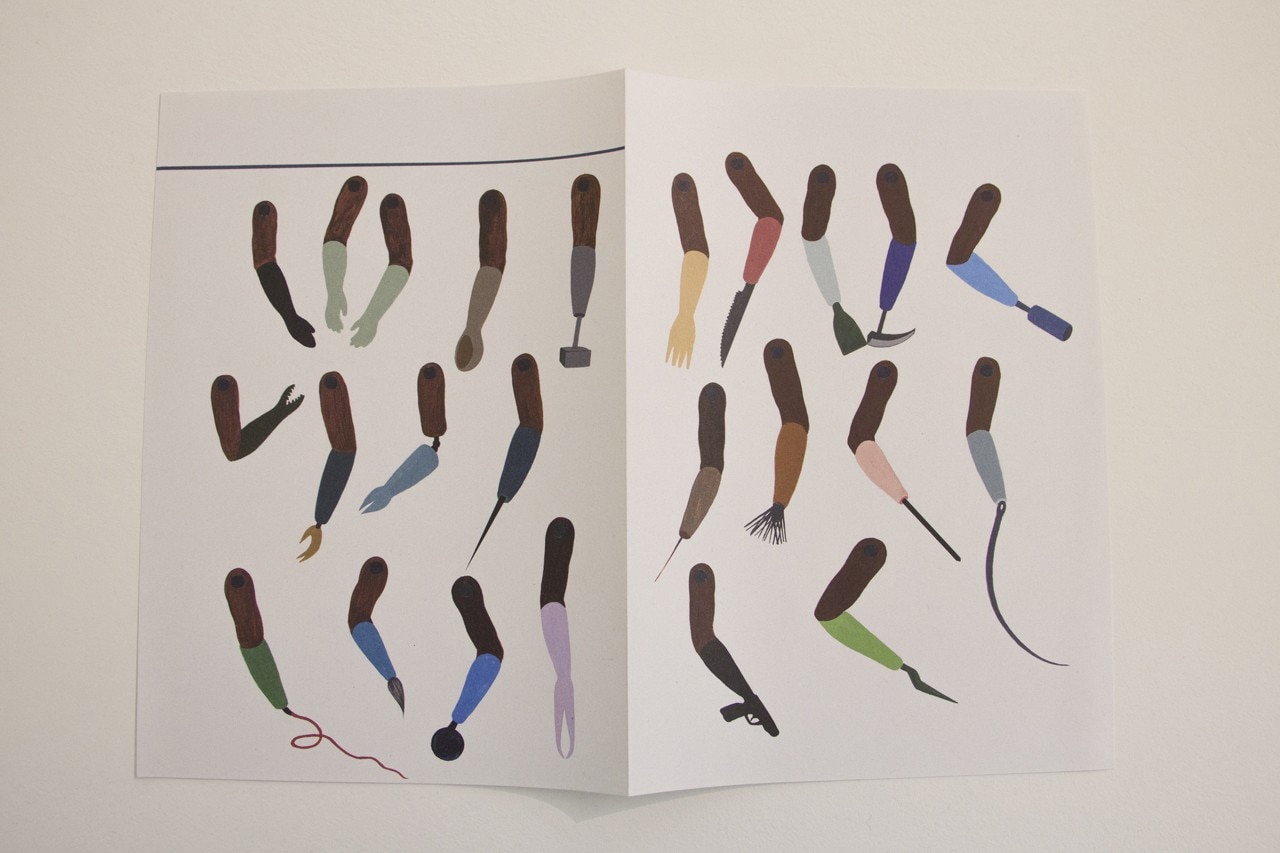
until January 11, 2014
Prologue
Part Two: La Mia Scuola di Architettura
ar/ge kunst
via Museo 29, Bozen

